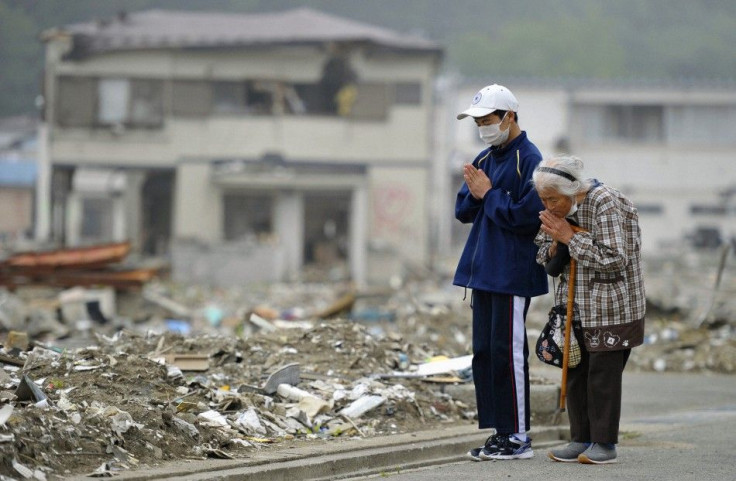Japan Hit by 7.3 Magnitude Earthquake; Where Do Clues to Massive Quake Lie?

Yet another massive earthquake of a 7.3 magnitude jolted Japan's northeastern coast on Sunday that triggered a brief tsunami warning for the area, which is still recovering from the March 11 earthquake and resulting tsunami that destroyed houses, power and swept away whole towns.
According to public broadcaster NHK, the tsunami alert for the northeast coast has been lifted, about two hours after the quake. Earlier, the workers at the crippled Fukushima Daiichi nuclear plant were warned to evacuate following an alert for a tsunami of 50 centimeters issued by the country's metreological agency. However, there were no immediate reports of damage from the earthquake.
The earthquake struck at 9:57 local time (0057 GMT). The epicenter of the quake was in the Pacific Ocean off the coast of Japan's main island, Honshu, at a depth of about 20 miles (30 kilometers).
Not as strong as the March earthquake
The same area was hit by a massive 9.0 earthquake on March 11 that left nearly 23,000 dead or missing. It also cut power to the Fukishima nuclear power plant that eventually melted down into the worst nuclear disaster ever.
After March 11, due to power loss at the Fukushima nuclear plant, the cooling systems were hurt badly, causing fuel in three of the plant's six reactors to melt down. Apart from that, subsequent hydrogen blasts scattered radioactive waste over a wide area.
Because of the radiation, nearly 80,000 residents have been forced to evacuate. Japan's government has faced tough time for its handling of the disaster, putting more pressure on unpopular Prime Minister Naoto Kan to quit.
Fortunately, there were no reports of abnormalities at the Fukushima plant caused by Sunday's quake, according to Japan's Kyodo news agency. Airports are also functioning normally.
Although Japanese officials predicted tsunami of up to 20 inches (50 centimeters), the Sunday's quake could generate waves of about 4 inches (10 centimeters). However, it registered 4 on the Japanese scale of 7, meaning it was felt as another strong one.
Does the Costa Rica's Seafloor hold clues to Japan earthquake?
Scientists believe that pieces of rock and seafloor from deep in the Pacific Ocean near Costa Rica might be helpful in explaining why Japan's deadly magnitude-9.0 quake was so large. Falling within the so-called Ring of Fire zone, both Japan and Costa Rica nations are prone earthquakes. Volcanic arcs and oceanic trenches partly encircling the Pacific Basin form the Ring of Fire, a zone of frequent earthquakes and volcanic eruptions.
Scientists have collected nearly 1 mile of sediment cores (cylinders of earth drilled out from the ground) from the ocean floor off the coast of Costa Rica, revealing detailed records of about 2 million years of tectonic activity along a nearby seismic plate boundary, where one tectonic plate dives beneath another, called a subduction zone. It was the crack of a subduction zone that generated the Japan quake, Insidecostarica reported.
It's critical to understand how subduction zone earthquakes and tsunamis originate - especially in light of recent events in Japan, said Rodey Batiza of the National Science Foundation's Division of Ocean Sciences. The results of this expedition will also help us learn more about our own such zone off the Pacific Northwest.
Over 80 percent of global earthquakes above magnitude 8.0 occur along subduction zones.
READ MORE: Strong earthquake hits Japan and triggers tsunami
© Copyright IBTimes 2024. All rights reserved.






















